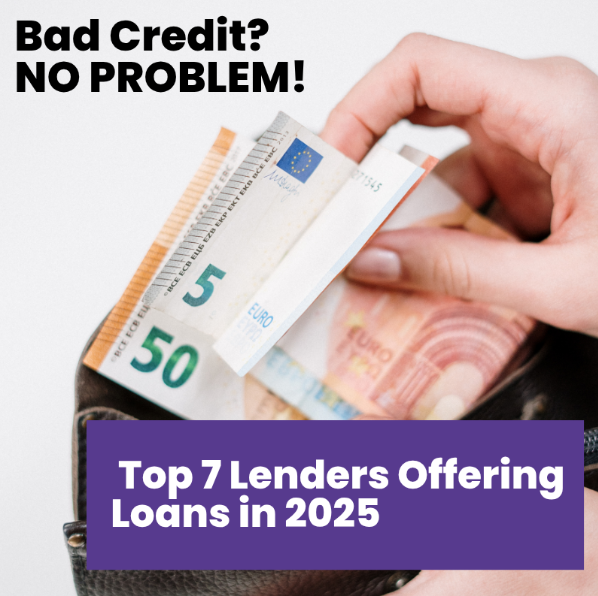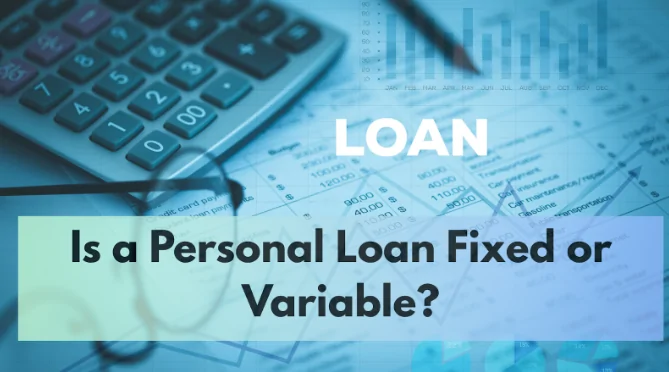As 2025 comes closer, people who take out personal loans are considering the possibility of rate changes. Due to how helpful personal loans are for debt balance, major expenses or urgent costs, you should understand what rates will do after locking in your loan. It explains the reasons behind personal loan interest rates, looks forward to the future in 2025 and provides guidance for finding a good deal on a borrower’s interest rates.
Table of contents
Understanding Personal Loan Interest Rates
Before discussing where rates might be heading, let’s understand exactly what personal loan interest rates are and how they operate.
What Are Personal Loan Interest Rates?
A lender charges a percentage, called the interest rate, on your loan every year. This charging rate is called the Annual Percentage Rate (APR) and it covers both the interest fees and any other costs you will pay.
Factors That Influence Interest Rates:
- Federal Reserve policies
- Inflation trends
- Lender’s risk assessment
- Borrower credit score and income
- Loan term and amount
Personal Loan Interest Rates in 2025 Borrower’s: A Brief Overview
Interest rates for personal loans in 2025 continued to be higher than what they were before the pandemic. Its average APR was determined by how creditworthy an individual was and which lender was used and normally fell between 10% and 25%. Inflation caused the Federal Reserve to increase interest rates which brought about the trend.
People with high credit scores had more possibilities to get good rates, but those with weaker credit scores had to meet tougher conditions for approval. Also, the rise in people needing personal loans added pressure that caused rates to go up for various lending services.
Economic Forecast for 2025
We need to study broader economic factors to see where personal loan interest rates are moving towards in 2025.
- Federal Reserve’s Policy Direction: A sign from the Fed shows that rate hikes may stop and could be replaced by slower rate rises if inflation stays under control. If this happens, personal loan rates might go down slightly.
- Inflation Trends: When inflation slows next year, lending rates have a good chance of slipping as well. A drop in inflation can make it less necessary for high interest which could result in low interest rate loans.
- Economic Growth & Employment: Strong employment along with steady GDP growth can help reduce the risks of defaults, making lenders more likely to give out bank loans at the lowest interest rate to good borrowers.
Will Personal Loan Interest Rates Go Up or Down in 2025?
Reasons Rates May Fall:
- Federal Reserve rate cuts or pauses
- Continued decline in inflation
- Competitive lending environment
Reasons Rates May Rise:
- Persistent inflation
- Fed maintaining or raising rates to curb inflation
- Increased credit risk and default concerns
Expert Predictions:
Various financial analysts foresee personal loan interest rates showing a moderate decline or remaining the same in 2025, relying on the state of the economy. People with strong credit could easily get loans with low interest rates relatively with previous data.
How to Prepare for 2025’s Lending Landscape
It is always helpful to be ready for both higher and lower interest rates. Here’s how:
Improve Your Credit Score
Credit scores are still the most important element used to decide the rate you will pay. Tips:
- Pay bills on time
- Reduce credit card balances
- Avoid new debt unless necessary
Shop Around
Look up lenders online and also ask for recommendations in person. Use certain pre-qualification tools that won’t hurt your credit to find cheap interest rate loans.
Consider Loan Timing
Locking in at the beginning of 2025 can be effective if rates are expected to rise. When rates are expected to fall, you could try to wait or pick a loan with a shorter maturity.
Choose the Right Lender
Lenders differ from each other. Members of some banks or credit unions get preferential bank loan rates, but online lenders might accept wider types of applicants.
Alternatives to Traditional Personal Loans
If interest rates remain high, consider these lower-cost borrowing options:
- 0% APR credit card offers for balance transfers
- Home equity lines of credit (HELOCs) with lower rates
- Peer-to-peer lending with competitive interest rates
- Credit union loans, often cheaper than commercial lenders
Final Thoughts
Interest rates for personal loans in 2025 will be affected mainly by changes in the economy and central banks’ decisions. While rates are expected to go down somewhat, borrowers must stay watchful and active. If you keep your credit high, check several lenders and study the market, you can still obtain affordable loans when rates are low or high. Regardless of whether you want a personal loan to cover debt or a project, being knowledgeable will guide you to better borrowing choices this year.
Frequently Asked Questions (FAQs)
Will personal loan interest rates be lower in 2025?
- Analysts often say that interest rates may edge down if inflation stays low and the Fed decides to reduce the federal funds rate. The interest rate you get will still reflect your credit history.
What is a good personal loan interest rate?
- For people with strong credit, a good interest rate can typically be 10% or low. Average credit scores are usually offered rates between 12% and 20%.
How can I get a personal loan with low interest?
- For loans that come with low interest rates, boost your credit score, check several lenders and think about borrowing at a bank or credit union offering good loans.
Are fixed or variable interest rates better in 2025?
- When rates are fluctuating, having fixed rates gives a sense of security. If it looks like rates could fall by a lot, it might help to use a variable rate, but these rates are more risky.
How do I find the lowest bank loan rates?
- You should first check with the bank or credit union where you do your regular banking. Visit comparison websites to compare different offers along with the information on fees and terms.



